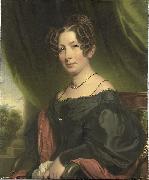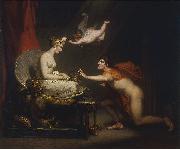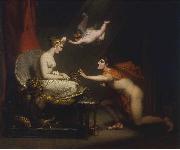|
||||||||||
|
|
||||||||||
|
Maria Antoinette Charlotte Sanderson. ID de tableau:: 71821 Voir la galerie dans Suède |
Maria Antoinette Charlotte Sanderson. Maria Antoinette Charlotte Sanderson. oil on canvas. 72 cm x 60.5 cm 1835(1835) Maria_Antoinette_Charlotte_Sanderson._oil_on_canvas._72_cm_x_60.5_cm_ 1835(1835) |
|||||||||
|
|
||||||||||
|
Maria Antoinette Charlotte Sanderson ID de tableau:: 73085 Voir la galerie dans Suède |
Maria Antoinette Charlotte Sanderson oil on canvas. 72 cm x 60.5 cm Date 1835 cyf oil_on_canvas._72_cm_x_60.5_cm_ Date_1835 _ cyf |
|||||||||
|
|
||||||||||
|
Love animating ID de tableau:: 85438 Voir la galerie dans Suède |
Love animating 1802(1802) Medium Oil on canvas cyf 1802(1802) _ Medium_Oil_on_canvas _ cyf |
|||||||||
|
|
||||||||||
|
Love animating the statue of Pygmalion ID de tableau:: 96407 Voir la galerie dans Suède |
Love animating the statue of Pygmalion 1802(1802) Medium oil on canvas cyf 1802(1802)_ Medium_oil_on_canvas_ cyf |
|||||||||
|
|
||||||||||
|
1 | Artiste précédent Artiste prochain | |||||||||
|
|
||||||||||
| Charles Howard Hodges | ||||||||||
| (1764, Portsmouth - July 24, Amsterdam), was a British painter active in the Netherlands during the French occupation of 18th and early 19th century. Charles Howard Hodges had visited Amsterdam in 1788; after a two-year stay in Dublin, he moved with his family to The Hague in 1792. In Amsterdam, he worked as an artist, specialized in the mezzotint technique and pastel. In 1797, he and his family moved to Amsterdam, where he lived with his teacher Johann Friedrich August Tischbein at the Prinsengracht Ne 205. There, he became a famous painter of portraits; he painted over 700 portraits of the rich and famous of that time. He was also an engraver, printer, art dealer and a member of the Amsterdam art club Felix Meritis. He is well-known for the fact that he painted all the leaders of the Netherlands during the Napoleonic Period, -a turbulent period in Dutch history, since the Netherlands went through 5 different political systems: stadtholder Willem V of the Republic of the United Netherlands, Grand Pensionary Rutger Jan Schimmelpenninck of the Batavian Republic, King Louis Bonaparte (King of Holland), Emperor Napoleon Bonaparte and king William I of the Netherlands. The only known portrait of Sebald Justinus Brugmans was made by him. A design for the honorary cross of the Order of the Union was rejected by Louis Bonaparte. Hodges advised the Dutch government in 1815 with the return of thousands of works of art, which were confiscated by the French in 1795 from several collections, including the Gallery of Prince William V (the first museum open to the public in the Netherlands), and the several collections of the previous stadtholders. Not all the stolen art was returned from Paris, and it is said that several pieces are still held in the Louvre up to this day. Most of the over 700 portraits by Hodges are made in the early 19th century, the earlier works in pastel, and later work in oil paint. Several of these portraits can be found in the Rijksmuseum in Amsterdam, in museums and castles and in royal and private collections. Charles Howard Hodges was father and teacher to James Newman Hodges, een lesser painter who worked in the Rijksmuseum when it was still located in the Trippenhuis in Amsterdam. | ||||||||||
|
|
||||||||||
IntoFineArt Co,.Ltd.













